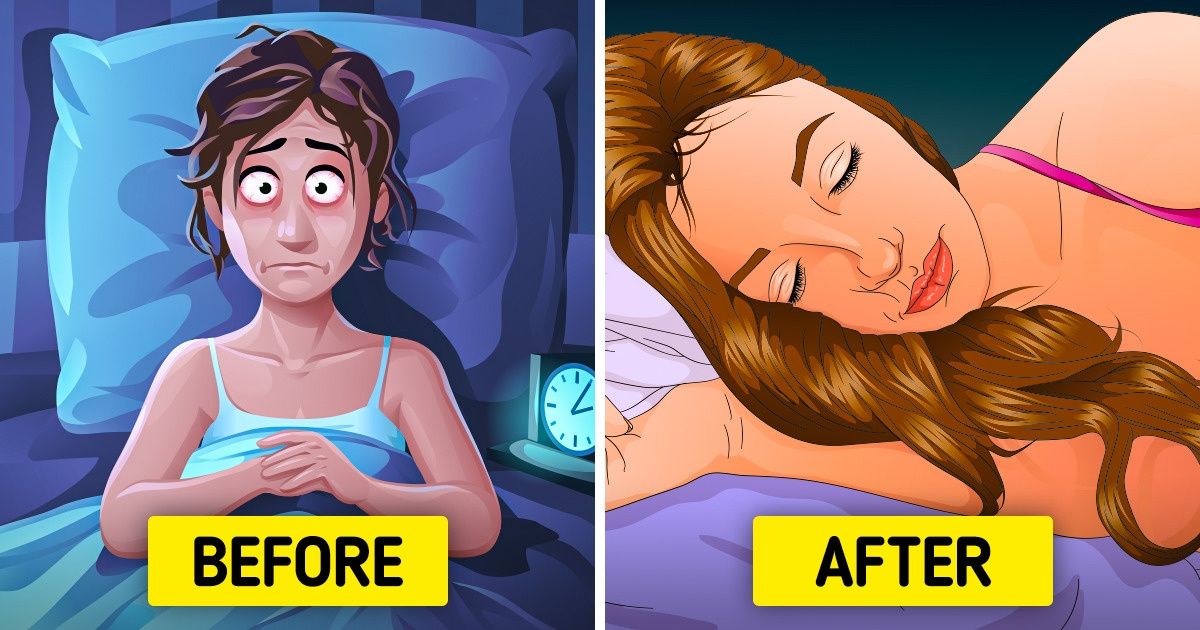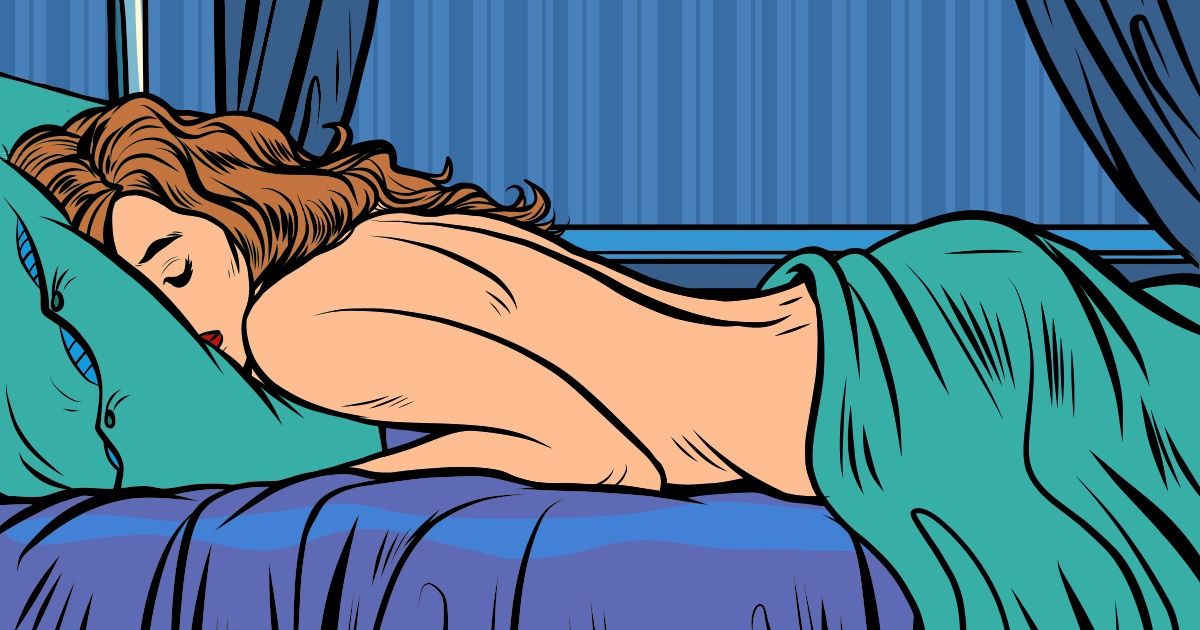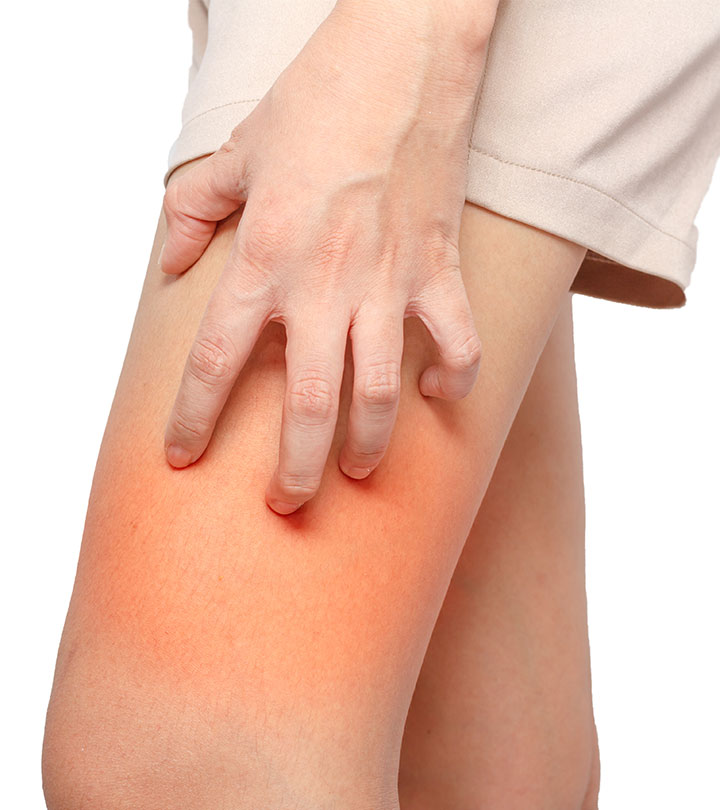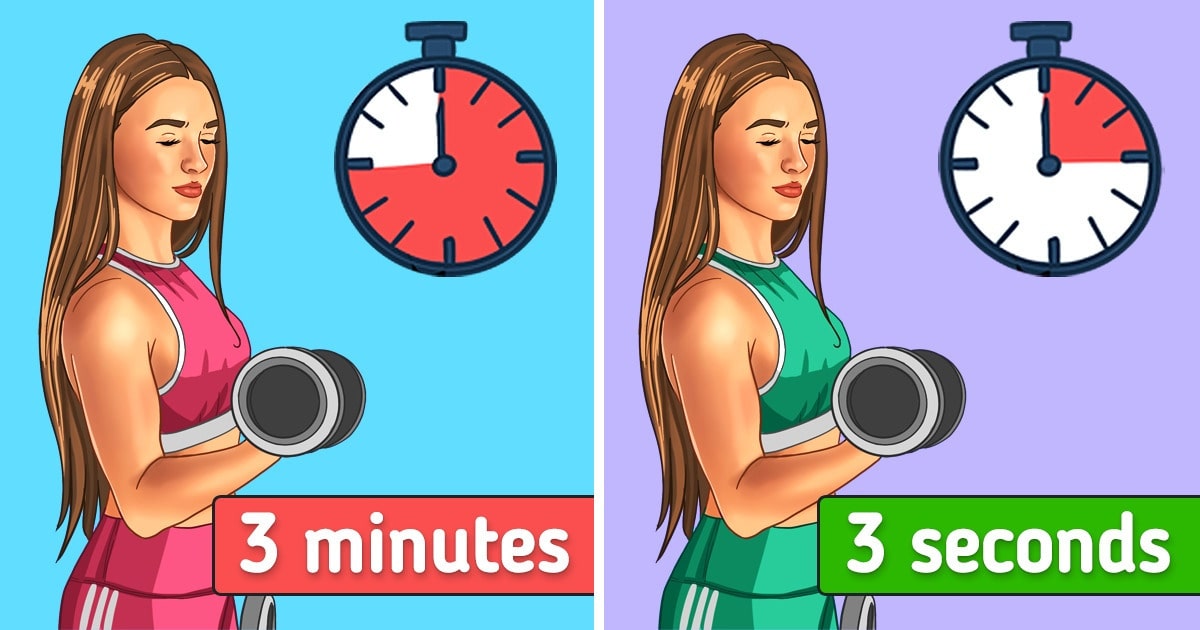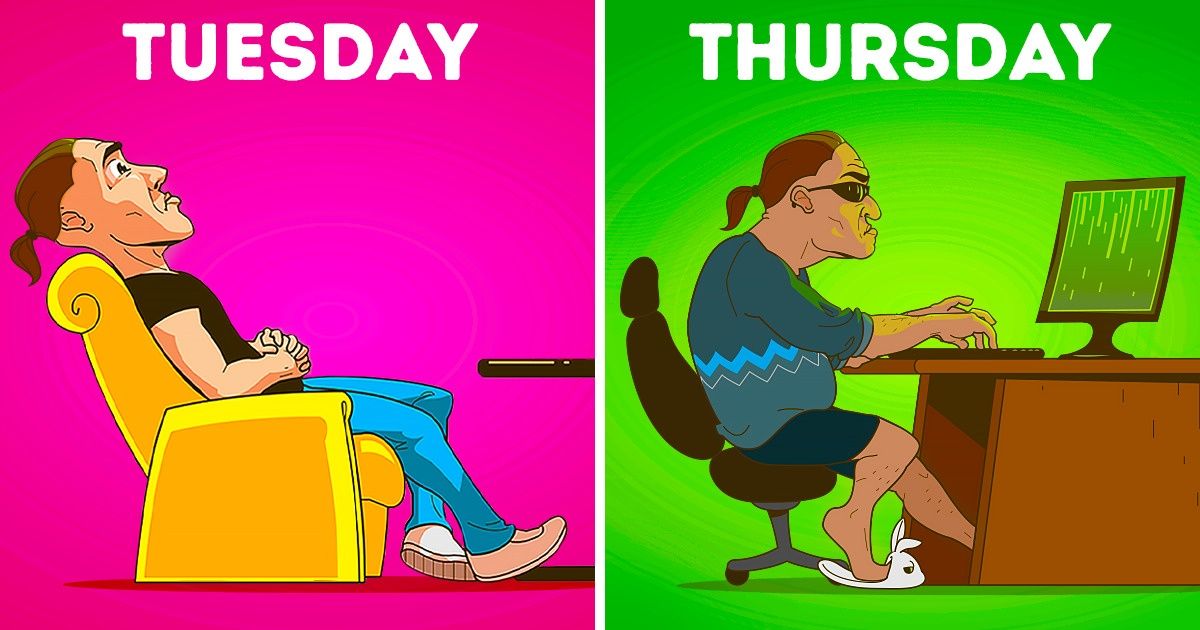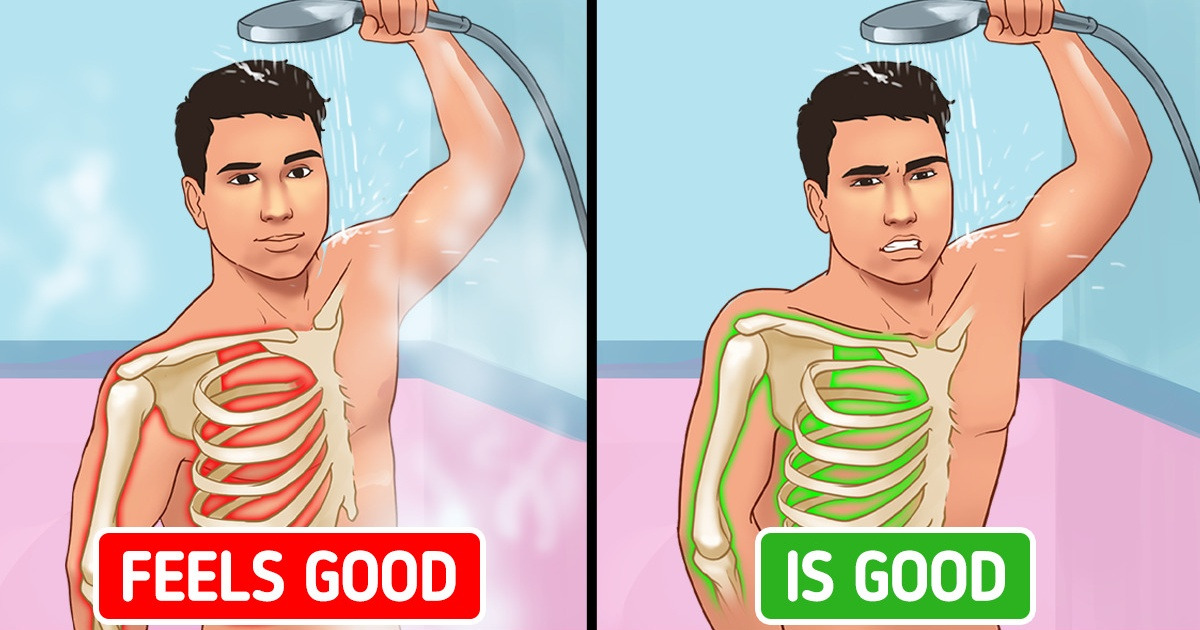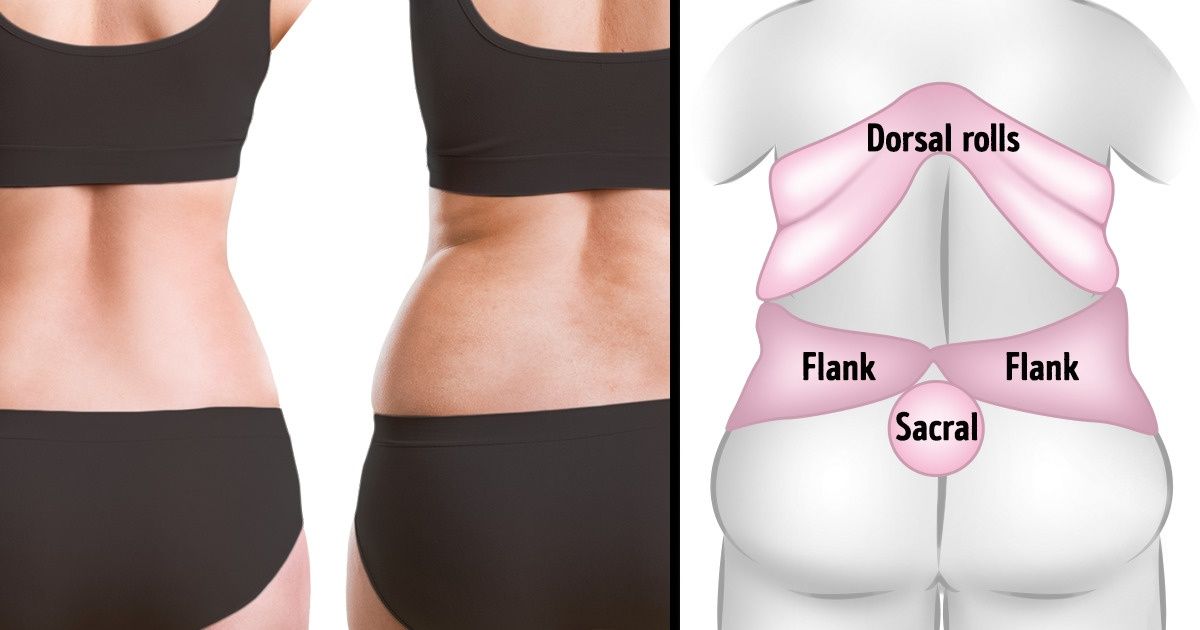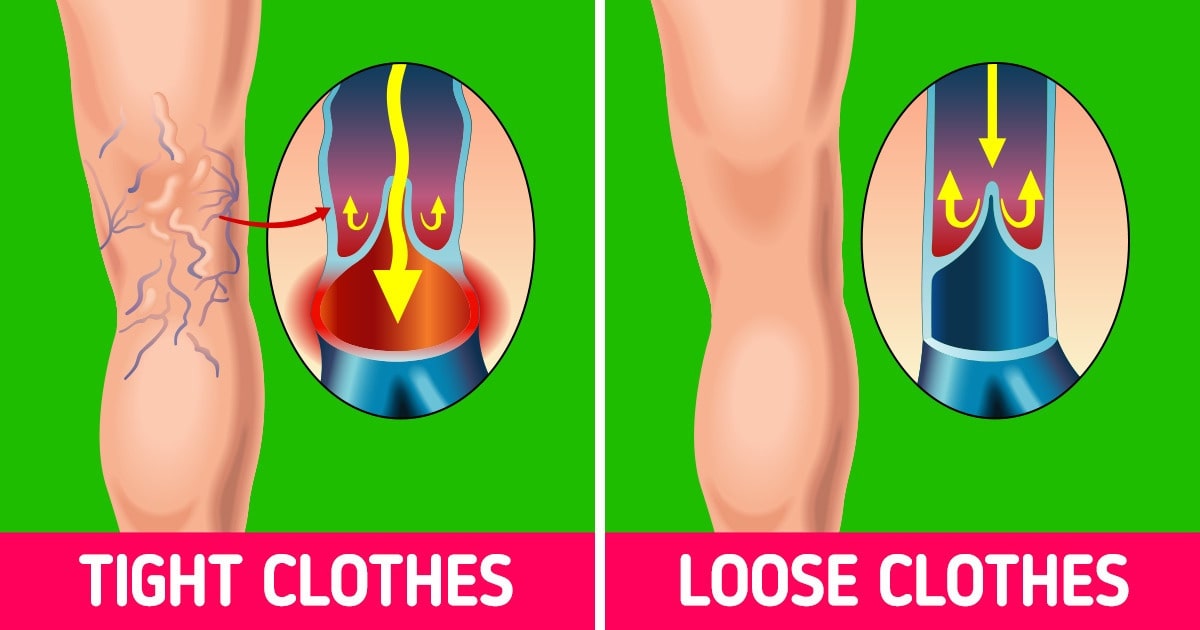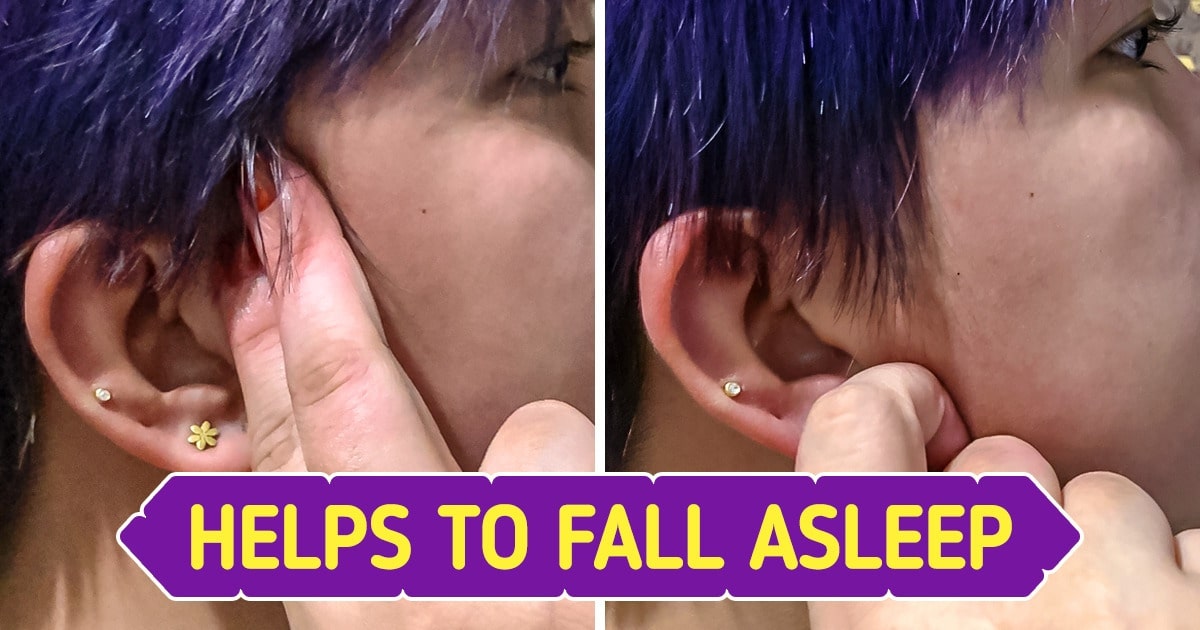Daily ear massage may sound like a simple self-care ritual, but it packs an impressive range of health benefits that can transform your overall well-being. From reducing muscle pain and alleviating stress to relieving headaches and boosting energy, ear massage therapy has become a popular natural remedy among wellness enthusiasts. In this comprehensive article, we explore the science behind ear massage, how it works, and why incorporating this practice into your daily routine could be a game-changer for your health.
Modern lifestyles are often filled with stress, tension, and long hours at the desk, leading to chronic discomfort and mental strain.
Reducing Muscle Pain Through Daily Ear Massage
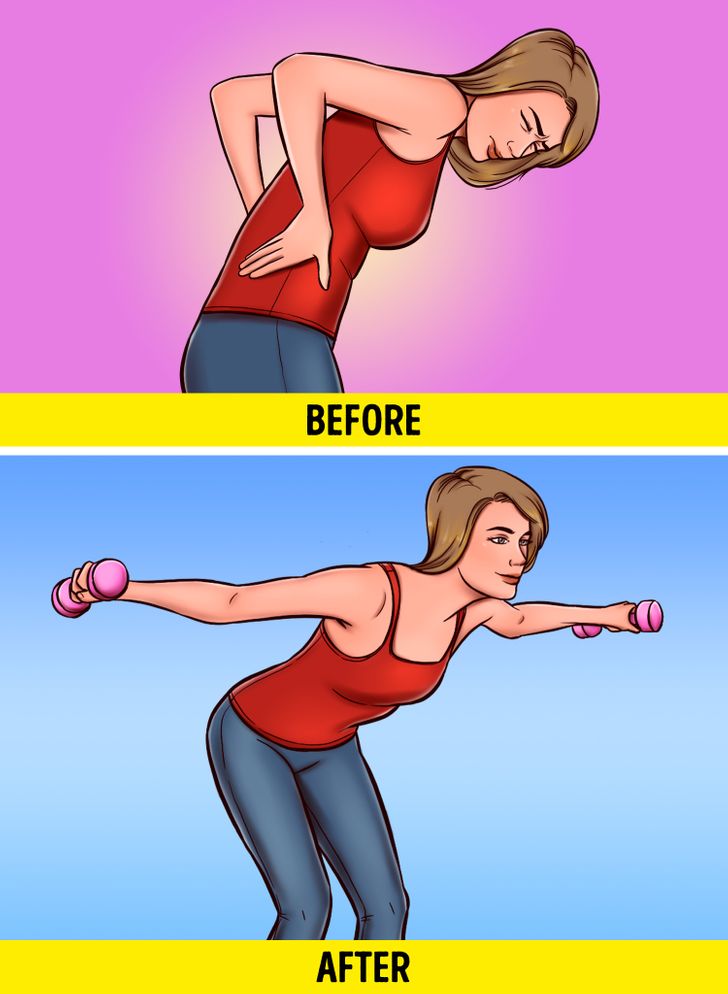
One of the most celebrated benefits of daily ear massage is its ability to reduce pain in your muscles. Whether you experience chronic tension from sitting at a computer or occasional stiffness from exercise, massaging your ears can contribute to significant relief.
How Ear Massage Eases Muscle Pain
When you massage your ears, you stimulate various acupressure points that are believed to be connected to different parts of your body. This stimulation can help release endorphins, the body’s natural painkillers, thereby reducing muscle pain and discomfort. The gentle pressure and rhythmic motion not only relax the muscles around your ears and neck but may also send signals to other areas of the body, creating an overall sense of relief.
Key Benefits:
Natural Pain Relief: Instead of relying solely on over-the-counter medications, ear massage provides a natural way to alleviate pain.
Enhanced Blood Flow: The massage helps improve circulation, which can reduce muscle tension and promote faster recovery.
Reduced Inflammation: Regular stimulation of pressure points can help lower inflammation in the body, contributing to less muscle soreness.
For more insights on natural pain relief techniques, you might want to explore resources from Healthline.
How Ear Massage Reduces Stress and Anxiety
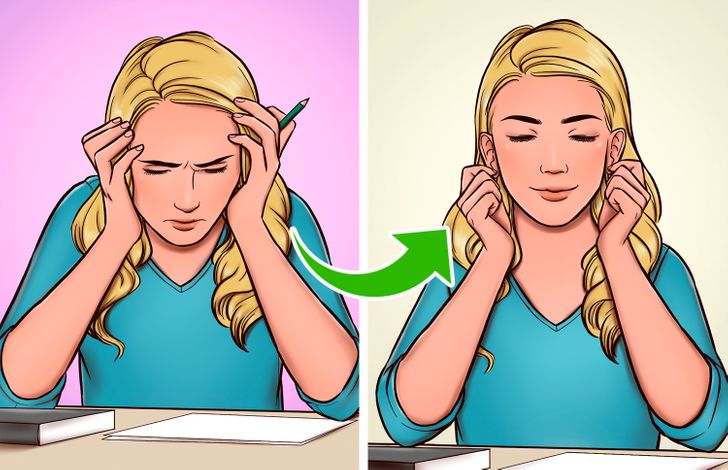
Stress and anxiety are pervasive in our modern world, affecting both mental and physical health. Daily ear massage is increasingly recognized as a simple yet powerful method to help decrease stress levels and promote relaxation.
The Science Behind Stress Reduction
When you engage in ear massage, you trigger the release of endorphins and serotonin—chemicals in the brain that improve mood and create a sense of calm. The gentle manipulation of the ear’s pressure points is also thought to activate the parasympathetic nervous system, which is responsible for the body’s “rest and digest” functions. This activation can lead to lower cortisol levels (the primary stress hormone), reduced anxiety, and overall emotional balance.
Key Benefits:
Improved Mood: The release of mood-enhancing neurotransmitters can help reduce feelings of anxiety.
Better Sleep: A reduction in stress levels often leads to improved sleep quality, which in turn supports mental and physical recovery.
Enhanced Focus: Lower stress and anxiety contribute to clearer thinking and better concentration throughout the day.
For further reading on stress management and natural remedies, consider the information provided by Mayo Clinic.
Alleviating Headaches and Migraines with Ear Massage
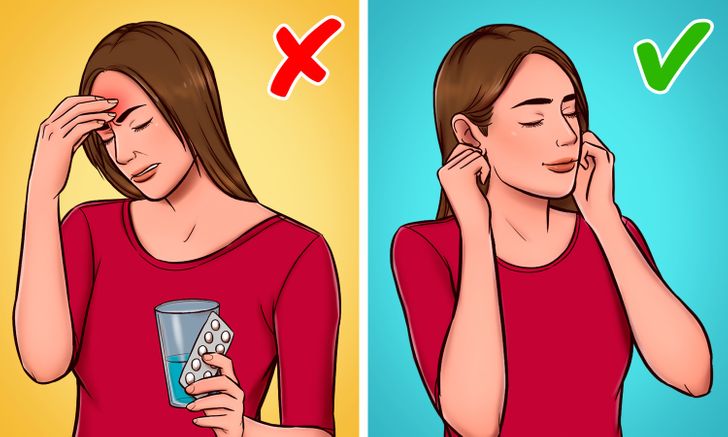
Headaches and migraines can be debilitating, affecting productivity and overall quality of life. An increasing number of people are turning to ear massage as a non-invasive technique to help ease these painful conditions.
How Ear Massage Offers Relief
Ear massage stimulates several nerves that connect to the brain and head, potentially reducing the intensity and frequency of headaches. By massaging specific areas around the ear, you may release tension that builds up in the cranial muscles. This technique can improve blood flow to the head and neck, leading to noticeable relief from headaches and migraines.
Key Benefits:
Tension Headache Relief: The massage targets the tension that often contributes to headaches, providing quick relief.
Improved Circulation: Enhanced blood flow may help reduce the severity of migraines.
Non-Pharmaceutical Option: For those seeking alternatives to medication, ear massage offers a natural and drug-free approach to managing head pain.
For additional scientific insights, you might explore research articles available on PubMed.
Boosting Energy Levels with Daily Ear Massage
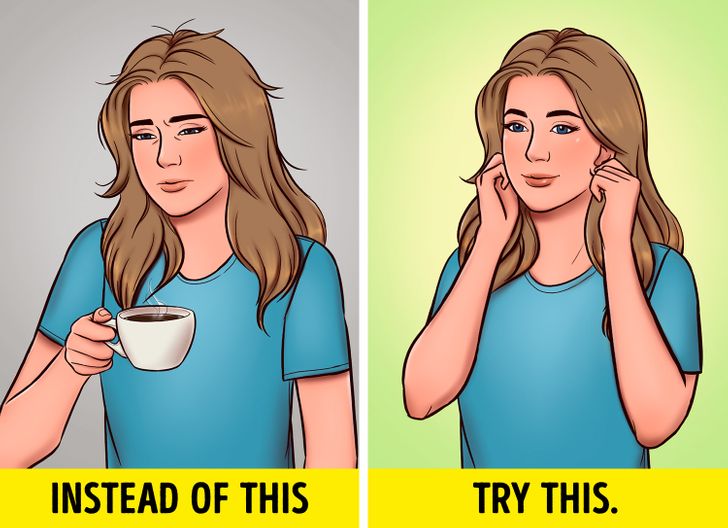
If you’re feeling sluggish or low on energy, daily ear massage might be the natural boost you need. The practice has been linked to increased alertness and overall energy, making it a favorite among those looking for non-caffeinated methods to wake up their senses.
Mechanisms Behind the Energy Boost
Massaging your ears can stimulate nerve endings that signal increased energy and alertness. The improved blood circulation resulting from the massage ensures that more oxygen and nutrients reach your brain, helping you feel revitalized. Furthermore, ear massage can help clear mental fog and enhance cognitive function, giving you a sustained energy boost throughout the day.
Key Benefits:
Increased Alertness: The stimulation of nerve pathways can wake up your central nervous system, reducing feelings of fatigue.
Enhanced Mental Clarity: With improved circulation and oxygenation, you may experience sharper focus and better concentration.
Holistic Energy Renewal: Instead of relying on stimulants like caffeine, ear massage provides a natural, long-lasting energy lift.
For more information on natural energy-boosting techniques, visit Verywell Health.
How to Perform an Effective Ear Massage on Yourself
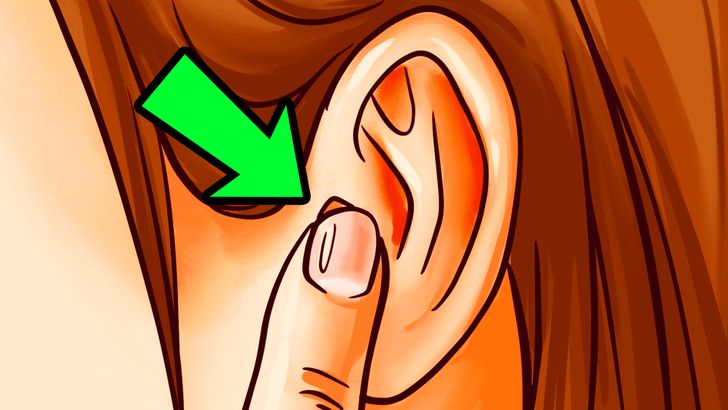
Performing an ear massage on yourself is simple and requires no special equipment—just your hands and a quiet moment of the day. Here’s a step-by-step guide to help you get started with self-ear massage techniques that maximize health benefits.
Step-by-Step Self-Ear Massage Guide
Find a Quiet Space: Choose a calm and quiet environment where you can sit comfortably without distractions. This could be in your living room, bedroom, or even during a work break.
Clean Your Hands: Wash your hands thoroughly to ensure cleanliness before starting the massage.
Begin with Gentle Strokes: Using your index and middle fingers, gently stroke the outer edge of your ear. Start at the top and work your way down slowly. This helps to relax the area and prepare it for deeper massage.
Apply Circular Motions: Once you’re comfortable, use small circular motions around the ear lobe and the base of your ear. Focus on the areas where you feel tension or soreness.
Stimulate Acupressure Points: Gently press on specific points along your ear. These acupressure points are linked to various body functions such as pain relief, stress reduction, and energy flow. Experiment with different pressures to find what works best for you.
Alternate Between Ears: Ensure you massage both ears for balanced stimulation. Spending about 3–5 minutes on each ear can yield noticeable benefits.
Combine with Deep Breathing: To enhance the relaxation effect, combine your ear massage with deep, slow breathing. Inhale deeply through your nose, hold for a few seconds, and exhale slowly through your mouth.
Finish Gently: Once the massage is complete, finish by lightly caressing your entire ear to signal the end of the session.
Tips for an Optimal Experience:
Consistency is Key: For maximum benefits, perform ear massage daily at a consistent time, perhaps as part of your morning or bedtime routine.
Adjust Pressure as Needed: Everyone’s comfort level differs. Ensure the pressure is enough to stimulate but not so strong that it causes discomfort.
Incorporate Oils: For added relaxation, consider using a few drops of essential oil like lavender or peppermint. These oils can further enhance the calming effects of the massage.
For additional guidance on acupressure and self-massage techniques, check out resources from Acupuncture Today.
Exploring the Science and Tradition Behind Ear Massage
Ear massage is not just a modern trend—it has deep roots in various traditional healing practices. Ancient cultures have long recognized the ear as a microcosm of the body, where specific points correspond to different organs and bodily functions. This concept is central to practices such as auriculotherapy, a form of alternative medicine based on the idea that stimulating certain points on the ear can affect overall health.
Traditional Practices and Modern Research
The tradition of ear massage and auriculotherapy can be traced back to Chinese medicine and other ancient healing systems. Modern research has begun to explore these age-old techniques, validating many of the claims with scientific evidence. Studies have shown that targeted ear massage can indeed trigger the release of neurotransmitters, reduce inflammation, and promote overall relaxation.
Key Points:
Historical Roots: Ear massage has been a staple in alternative medicine for centuries, reflecting its enduring value as a natural healing method.
Scientific Validation: Recent research supports the idea that acupressure and ear massage can alleviate pain, reduce stress, and improve energy levels.
Holistic Health: The integration of traditional wisdom with modern science offers a well-rounded approach to managing everyday health challenges.
For further reading on the science of auriculotherapy, you can explore articles published on ScienceDirect and PubMed.
The Impact of Daily Ear Massage on Overall Wellness
Daily self-care practices, such as ear massage, contribute significantly to overall wellness. By taking a few minutes each day to focus on this simple yet effective ritual, you can experience a wide array of benefits that go beyond just relieving pain or reducing stress.
Comprehensive Wellness Benefits
Enhanced Relaxation: Regular ear massage can serve as a meditative practice, helping you disconnect from the hustle and bustle of daily life.
Improved Circulation: The stimulation of acupressure points enhances blood flow, ensuring that your cells receive the oxygen and nutrients they need.
Balanced Hormones: By reducing stress and promoting relaxation, ear massage can help maintain balanced hormone levels, which is essential for overall health.
Mental Clarity: The relaxation benefits extend to mental health, where improved blood flow and reduced stress can lead to better cognitive performance.
Holistic Self-Care: Incorporating ear massage into your daily routine is a reminder to take time for yourself, reinforcing the importance of self-care and mindfulness.
For a more in-depth discussion on the role of self-care in overall health, explore content available at Harvard Health Publishing.
Conclusion: Embrace Daily Ear Massage for a Healthier, More Balanced Life
The benefits of daily ear massage extend far beyond mere relaxation. By incorporating this practice into your routine, you may experience reduced muscle pain, lower stress and anxiety levels, noticeable relief from headaches and migraines, and a natural boost in energy. Moreover, the simple act of massaging your ears can improve your overall wellness by promoting better circulation, hormonal balance, and mental clarity.
In a world where stress and physical tension are all too common, ear massage stands out as a practical, natural, and highly effective tool for managing everyday health challenges. Whether you’re looking for a non-pharmaceutical option to manage pain or simply seeking a new way to enhance your self-care routine, daily ear massage could be the key to unlocking a healthier, more balanced life.
Remember, consistency is essential—small, daily practices can lead to significant long-term benefits. Start your journey with a few minutes of ear massage each day, and observe how it transforms your physical and mental well-being over time. The ritual is easy, accessible, and backed by both traditional wisdom and modern science.
For more health tips and natural wellness practices, consider exploring trusted sources like WebMD and Mayo Clinic. These authoritative sites provide further insights into the benefits of self-care practices, helping you stay informed and empowered on your journey toward optimal health.
Embrace the power of daily ear massage and discover a natural, effective way to enhance your quality of life. Your body and mind deserve the care and attention that this simple yet transformative practice can offer.
